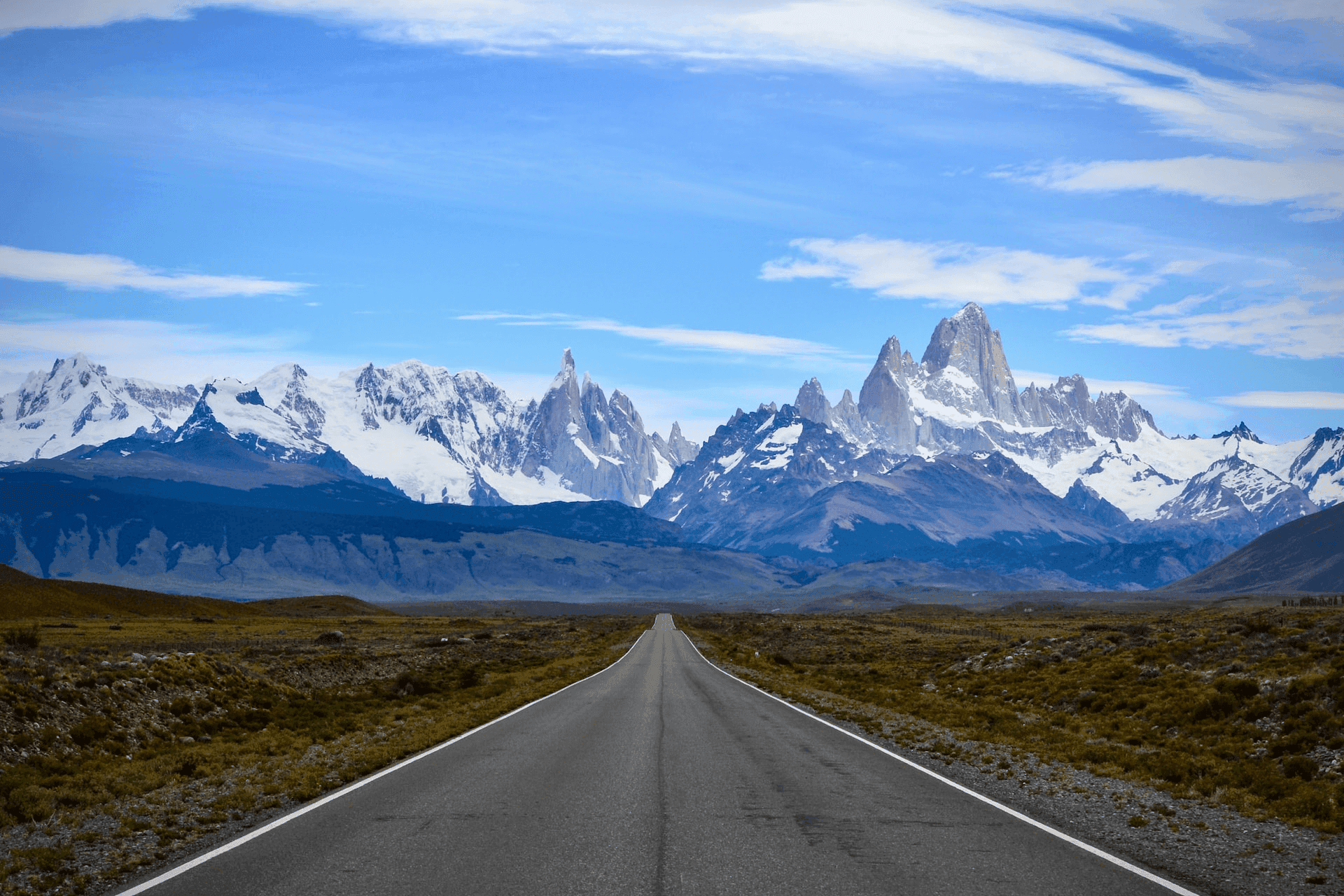The majestic Andes, renowned wine, South American Switzerland and the end of the world! Argentina harbours countless natural wonders. We've put together our top 7 tips for places you definitely shouldn’t miss when visiting the Argentine countryside.
1. Alta Montaña with Puente del Inca
From the wine centre of Mendoza, you can take the scenic Alta Montaña road through the Andes, overlooking Cerro Aconcagua, the highest mountain in South America, all the way to Chile and its capital. As you wander through the stunning mountainous landscape of the Andes, you will also come across a natural phenomenon, the Puente del Inca, or Inca Bridge. This is a rock arch that arches over the Horcones River.
The natural bridge was created in a rather unusual way, by the interaction of the opposing elements of ice and hot springs that gush nearby. The mineral components contained in the thermal waters that flow down the slopes gradually settled on one bank until they bridged the river. At the beginning of the 20th century there was even a spa where you could relax in the sulphurous springs. However, they were destroyed by an avalanche, and today there are only a few small baths left in which to bathe.
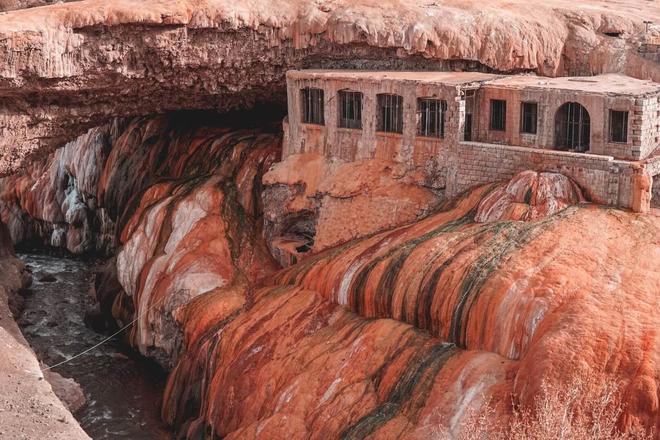
2. Mendoza, the heart of Argentine winemaking
Argentina's red wines are renowned all over the world. In the rain shadow of the Andes mountains, in an arid landscape supplied with water and melting snow from the mountains, vineyards wind from horizon to horizon. Argentina's vineyards can be found at the foot of the Andes from the province of Salta to the Rio Negro. But the winemaking heart of the entire region is the town of Mendoza, where wine is grown at altitudes ranging from 2,000 to a whopping 3,000 metres above sea level. The cooler temperatures, coupled with plenty of sunshine, give the local grapes exactly what they need.
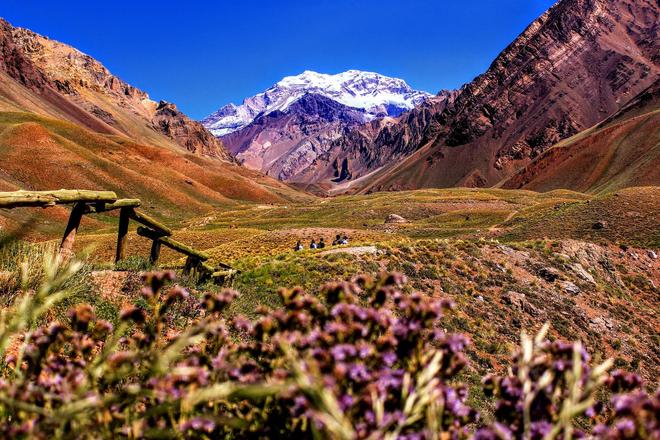
TIP: With wine, go for the traditional empanadas, dough pockets stuffed with meat or cheese.
3. The natural wonder of the world, the Perito Moreno Glacier
El Calafate is a small town located on the southern shore of Lago Argentino at the foot of the Andes. It is the gateway to Los Glaciares National Park and its most famous wandering glacier, the Perito Moreno. It is still trying to cross Lago Argentino. The face of the glacier rises to an impressive height of 60 metres above the water and resembles a podium. However, every few years, the laboriously constructed ice dam is the scene of the touristic spectacle of 'La ruptura', when the water in the lake wins again and with a deafening roar the whole dam breaks.
The entire ridge of the Andes is covered for several hundred kilometres by an inaccessible ice field, known locally as the Campo de Hielo Sur, or "Southern Ice Field", the largest glacier in the world outside the Arctic Circle.
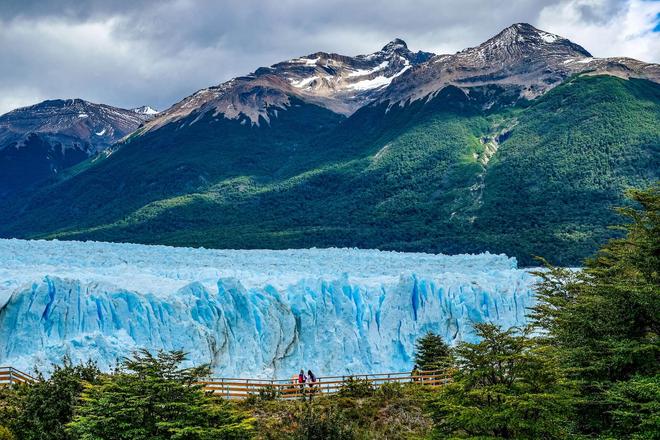
4. The end of the world in Ushuaia
One of the greatest natural treasures of the South American continent is the landscape around the end of the world, around the town of Ushuaia. It is one of the most southerly inhabited places on the planet. You'll encounter the end of the world at every turn. Here you will find the landmark of the end of the world, the End of the World Train, which originally served the prisoners who inhabited this area. There's even an entire museum dedicated to the end of the world. You'll get a beautiful view of the city from the deck of a boat on the Baegle Canal, which also takes you close to the islands where large colonies of seals, sea lions and penguins live. Ultimately, you'll reach the southernmost lighthouse in the world.
Ushuaia, Argentina, is the capital of the Land of Fire. Surrounded by high mountains, with tourists' eyes gazing towards Antarctica, just over a thousand kilometres away. It is no wonder that it not only attracts adventurers and romantics, but is also the place from where most Arctic expeditions begin.
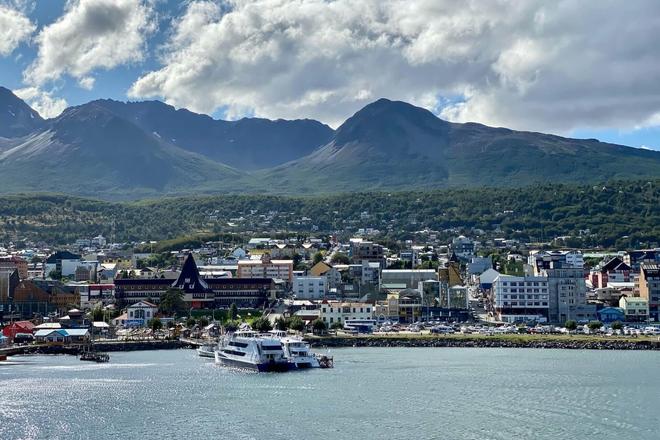
5. Whale watching in Puerto Madryn
The port town of Puerto Madryn is the entry point for tourists arriving on the Valdés peninsula and the Tombo headland. It is an ideal place to go to see several species of animals. For example, the Valdés Peninsula, which has been a UNESCO Natural Heritage Site since 1999, is a breeding ground for whales, seals and walruses, and is home to thousands of nesting water birds such as pelicans and cormorants.
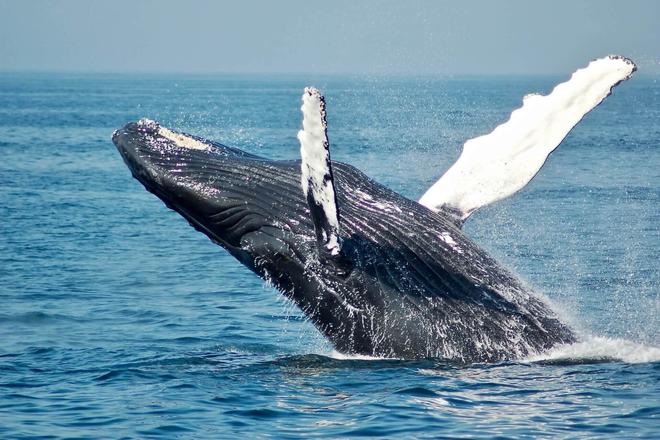
Just under 165 kilometres south of Puerto Madryn, on the Tombo promontory, nest the largest penguin colony in the world. Thousands upon thousands of penguins arrive to breed in September and stay until March.
TIP: For viewing seals, head among the cliffs of Punta Loma and to the Punta Pirámide Nature Reserve. At the Punta Norte Reserve, you can observe the most important sea lion colony in the world. More than 1,500 specimens of Magellanic seals can be seen in Punta Tombo, along with a variety of birds, from seagulls to cormorants.
6. Jump to Torres del Paine, Chile
It's a stone's throw from Argentina to Chile's Torres del Paine National Park, which borders Argentina's Los Glaciares National Park to the east. The park is criss-crossed with hundreds of kilometres of hiking trails, where majestic condors fly overhead at altitudes ranging from 50 to 3,000 metres above sea level, and you may even see nandu ostriches or guanaco llamas.
Torres del Paine National Park is one of the most beautiful parks in South America. The Cordillera del Paine, which winds through the centre of the park, offers a unique showcase of craggy mountain peaks, sprawling glaciers and shimmering lakes.
TIP: The most popular trekking circuit in the park is the so-called "W" circuit, which takes you to some of the most interesting places in five days, including the majestic rock towers of Las Torres.
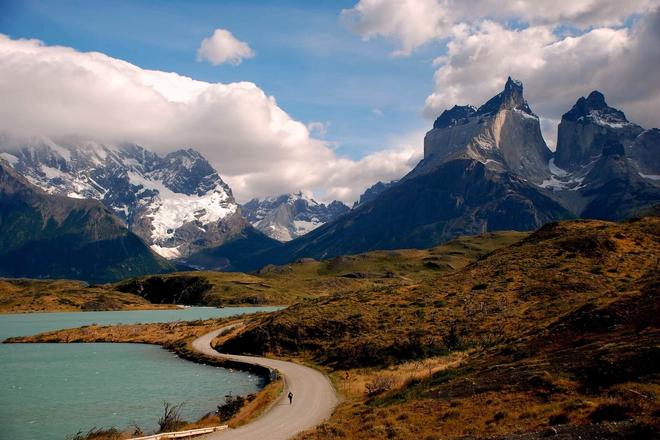
7. Nahuel Huapi – South American Switzerland
Nahuel Huapi is Argentina's oldest national park, named after the glacial lake Lago Nahuel Huapi, which lies at an altitude of 760 metres. It is located near the town of San Carlos de Bariloche. Aside from the majestic peaks of the Andes, the dense rainforest and the volcanic plains, it is also known for its frequent rainfall.
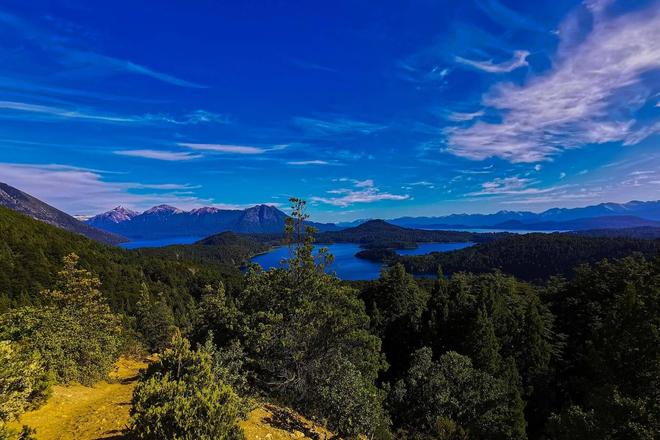
Approximately 3,000 to 4,000 mm of water falls here every year. It is because of this high rainfall that the Valdivian rainforest with its unique plant species thrives so well. An interesting way to experience the beauty of the park is to take the famous route of the seven lakes (Ruta de los Siete Lagos) connecting the towns of San Carlos de Bariloche and San Martin de los Andes.
